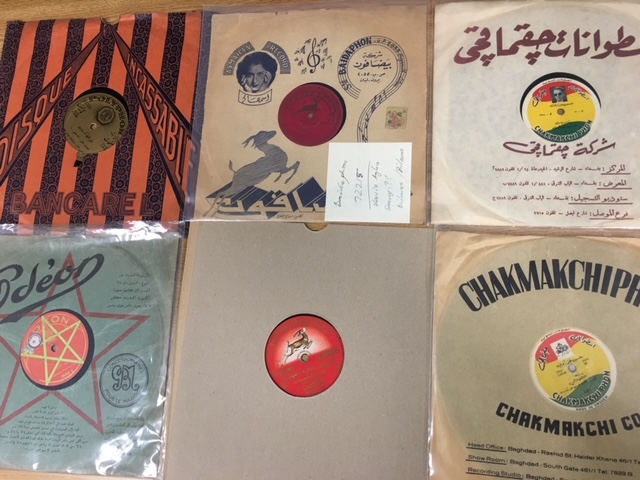By Hazem Jamjoum
From the first commercial audio recordings at the turn of the 20th century to the 1940s, a dozen or so record companies made tens of thousands of audio recordings for sale across the globe to the peoples and diasporas of the southern and eastern Mediterranean regions.* The vast majority of these recordings were of music, but they also included recordings of comedy sketches, political speeches, Qur’anic recitations, and a smattering of other audio forms. Recording companies sought to capitalise on the region’s communal diversity by recording materials in Arabic, Turkish, Hebrew, Greek, Armenian and other local languages; especially after realising that there was a market for these materials in diaspora communities from the region, particularly in the Americas. Beyond commercial recordings, the region’s audio heritage includes a large volume of one-of-a-kind recordings, such as radio transcriptions prepared for broadcasts, ethnographic recordings, home recordings by amateurs, and so on.

Over a century later, several archives with varying breadths to their collection mandates have identified these recordings as priority areas for collection, preservation, exhibition and digital curation. In this piece, I aim to provide information that could be useful to researchers of the southern and eastern Mediterranean regions who are interested in such things as recording history, cultural heritage, music, and archival practices and provenance. I profile five institutions with some of the most substantial collections of relevance to the history of audio recording in the region: the AMAR Foundation (Lebanon), The Palestinian Institute for Cultural Development-Nawa (Palestine), Centre des Musiques Arabes et Méditerranéennes: Tunisian National Sound Archive (Tunisia), the British Library (UK) and the University of California at Santa Barbara Library (USA).
Continue reading “Archives of Recorded Sound from the South and East Mediterranean: A Guide for Researchers”